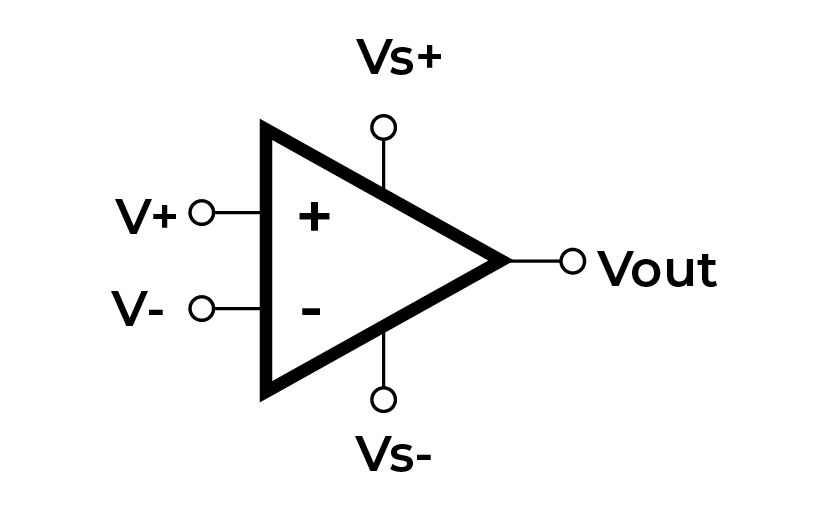A Brief Guide to Basic Electronics Components
We can observe in our environment that all gadgets that we use daily are constructed using these components and devices. This tutorial will make you go through some of the major electronic components and devices that are used widely.
1. Resistors
A resistor is an electronic component that offers opposition to the path or current. It is a two-terminal device. We can say that it is used to limit current in a circuit. Resistors have several different types such as fixed resistors, variable resistors, metal film resistors, carbon film resistors, etc.
The measurement of resistance is done in Ohms (Ω).
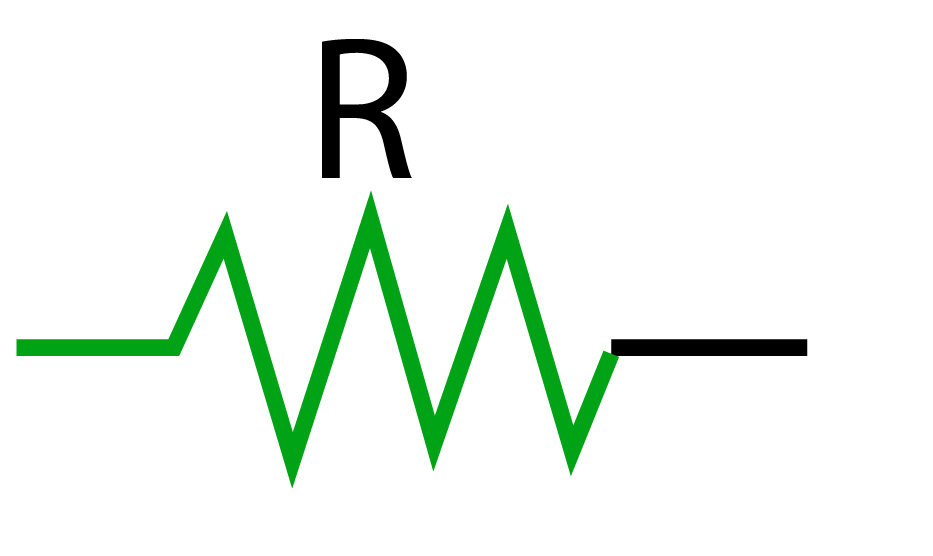
Applications of Resistors
Resistors are the foundation of electronics, as they are utilized in almost every device. Given below are some of its uses.
- Voltage Divider Circuits
- Generating Heat
- Powering an LED
- Limiting Current
2. Capacitors
An electronic device that is capable of storing electrostatic energy is a capacitor. It has two metal plates with a dielectric in between them. An insulator that blocks or hinders current is a dielectric.
When a capacitor is attached to a battery, the plate attached to the positive terminal accumulates a positive charge and the plate attached to the negative terminal of the battery accumulates a negative charge. The presence of dielectric does not allow the current to flow and charges remain stored in the plates of the capacitor. Therefore, electrostatic energy is stored in capacitors. The value of capacitance is written in Farad (F).
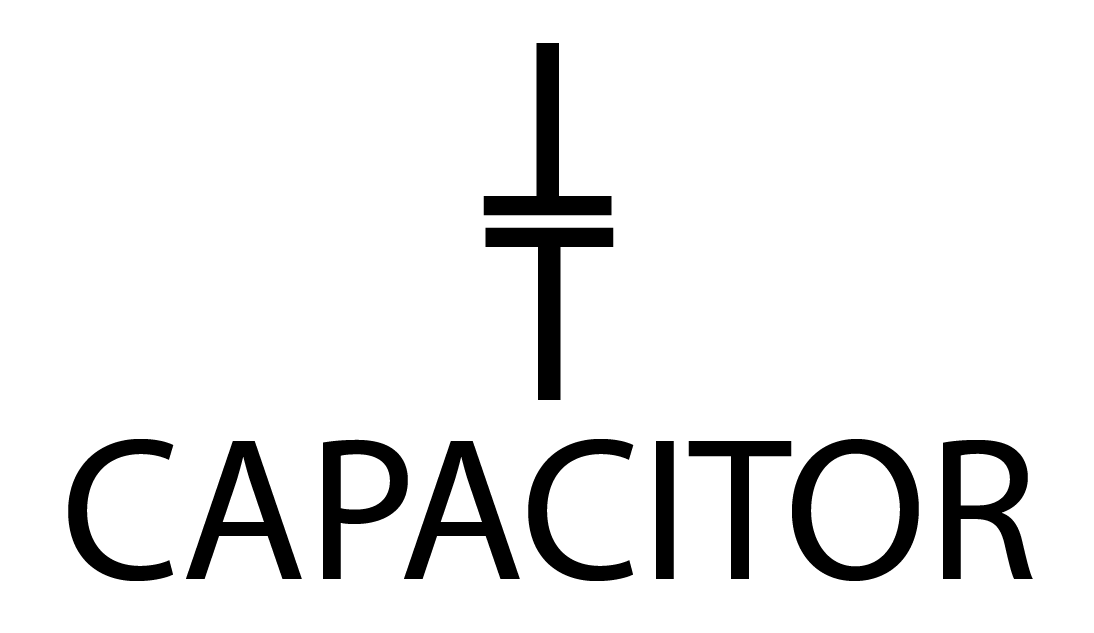
Applications of Capacitors
Capacitors are also implemented in most electronic devices. For instance, they are used in:
- In fans to provide phase shift between voltage and current of two motor windings
- In power supplies to filter out noise and ripples
- In sensors for voltage regulation
- In power factor correction equipment such as synchronous condenser
- As coupling and decoupling capacitors in electronic circuits
3. Inductors
An inductor, like a capacitor, is also used to store energy. However, inductors amass electrical energy in the shape of magnetic fields. The inductor is manufactured by a coil that is wrapped around a metal core, such as iron.
With the application of a voltage across an inductor, current starts passing through it. As a result, a magnetic field is built around the coil, which is responsible for inducing a voltage in it, which is also called electromotive force (EMF). As per Faraday’s law of electromagnetic induction, this induced voltage is opposite to the voltage source due to which it is induced. Therefore, it does not allow current into the inductor. Hence, energy is accumulated in the inductor. ‘L’ is the sign of inductance. It is calculated in ‘Henry (H)’.

Applications of Inductors
Inductors are used:
- In power supplies or transformers to step up or step-down voltage
- In inverters such as boost power regulators
- In radio receivers
- In audio systems to attenuate certain frequencies
- In oscillators and tuning circuits
4. Diodes
A diode is a PN junction semiconductor-based electronic device that contains two pins or terminals. It is made up of semiconductor materials. For instance, Silicon or Germanium are used along with some impurities in them. It is used to admit or hinder the flow of current. For this purpose, the diode can be biased in the forward or reverse direction.
Several different types of diodes include Zener diode, Schottky diode, Photodiode, Light Emitting Diode (LED), etc.
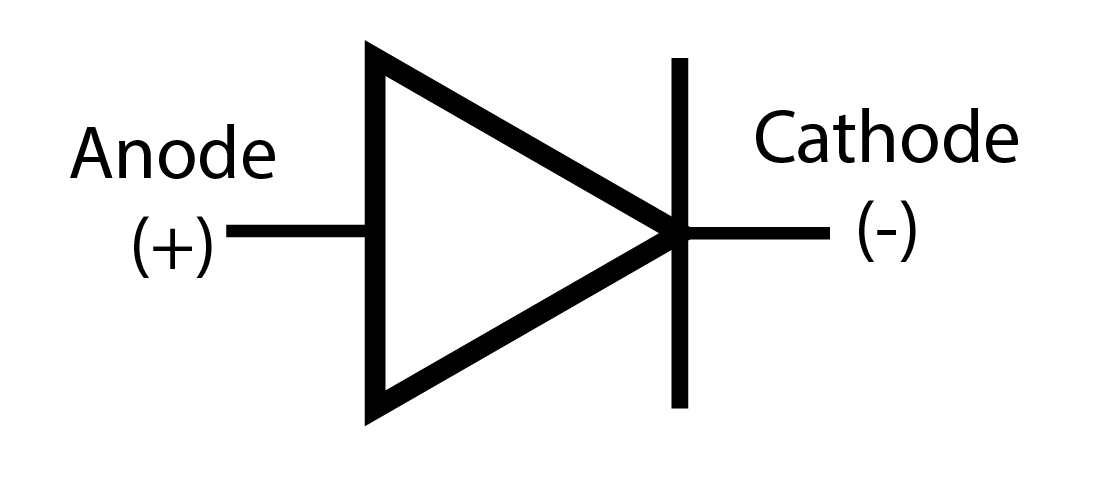
Applications of Diodes
Diodes are used in
- Rectifiers
- Clipping and Clamping Circuits
- Inverters
- Logic Gates
5. Filters
A filter is an electronic circuit that is used to pass certain signals while blocking others. The simplest filter can be designed by using resistors and capacitors, one each. Advanced filters can be made by different configurations of fundamental electronic components such as resistors, capacitors, and inductors.
There are multiple types of filters. The fundamental filters are low-pass and high-pass filters. Furthermore, there are active filters, passive filters, band pass filters, band stop filters, series inductor filters, series capacitor filters, Pi filters, etc.
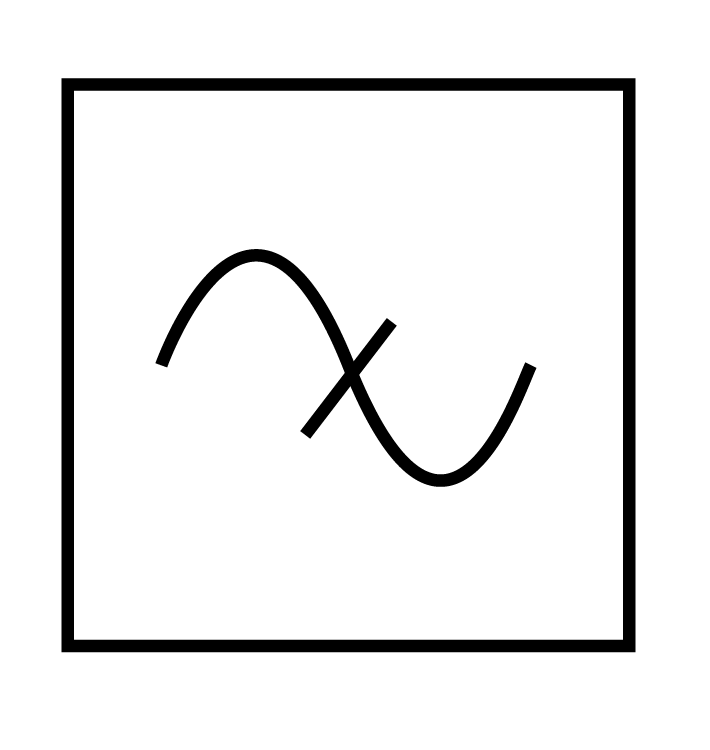
Applications of Filters
Filters are the most commonly used electronic circuits that are used in
- Radio Communication
- Satellite Communication
- Optical Fibers
- Power Supplies
- Televisions
- Audio Electronics
6. Transistors
A transistor is an electronic device that comprises three terminals. It is constructed through two PN junctions. It has two PN junctions, or we can say that it has two diodes. Transistors are used as electrical switches or as amplifiers.
The prominent kinds of transistors are
- Bipolar Junction Transistors
- Field Effect transistors
BJTs are divided into NPN and PNP transistors, and FETs are divided into Metal Oxide Semiconductor Field Effect Transistors (MOSFETs) and Junction FETs.
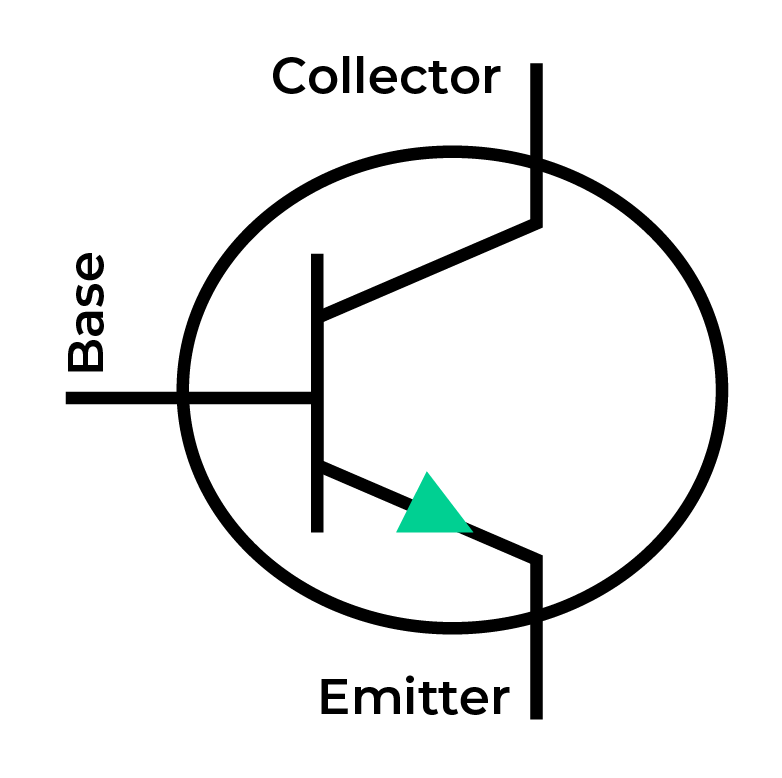
Applications of Transistors
Transistors are placed in all electronic devices. For example, they are used in
- Amplifiers
- Voltage regulators
- Voltmeters
- Oscillators
- Power Supplies
- Logic Gates
7. Thyristors
A Thyristor is a semiconductor device that has four layers. These four layers are alternate layers of P and N (PNPN). It forms three PN junctions and three terminals. It has alternating P-type and N-type layers. A thyristor usually has three electrodes: an anode, a cathode, and a gate, also known as a control electrode.
The thyristor turns ON when it receives a signal at its gate terminal. It can act as a rectifying diode and as a switching device.
The types of thyristors include Silicon Controlled Rectifier (SCR), Insulated Gate Bipolar Transistor (IGBT), and Gate Turn OFF (GTO) switch.
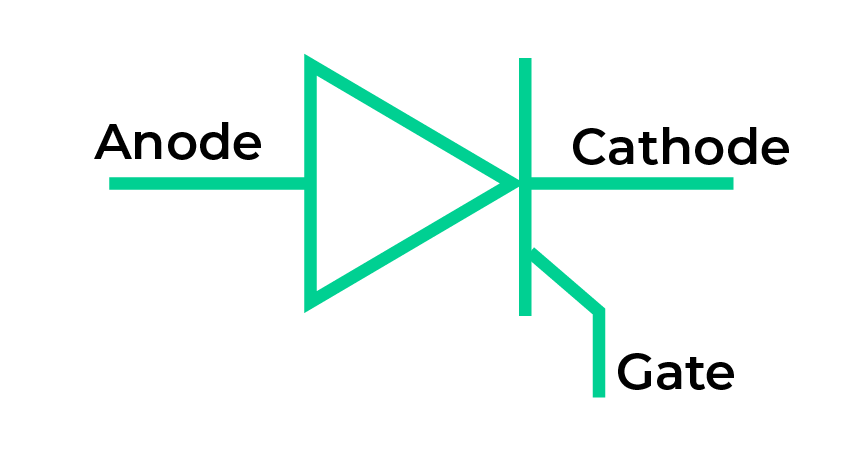
Applications of Thyristors
Thyristors are used in
- Laptops and Computers
- Burglar Alarms
- Power Transmission Lines
8. Amplifiers
An amplifier is a device that is made up of resistors, capacitors, transistors, and a power supply. Amplifiers are used to enhance or amplify the voltage, power, or current of a signal.
There are different types of amplifiers such as inverting, non-inverting, operational, radio frequency, and audio frequency amplifiers.
Applications of Amplifiers
Amplifiers also have vast applications. They are used in
- Wireless Communication
- Audio Electronics
- Online Broadcasting
- Differential Amplifiers
- Display and Measurement System
9. Logic Gates
Logic Gates are one of the foundational components of digital circuits. A logic gate is an electronic circuit constructed through resistors, capacitors, diodes, and transistors. Logic Gates are used to perform logic functions for digital circuits in the form of ‘0’ and ‘1’.
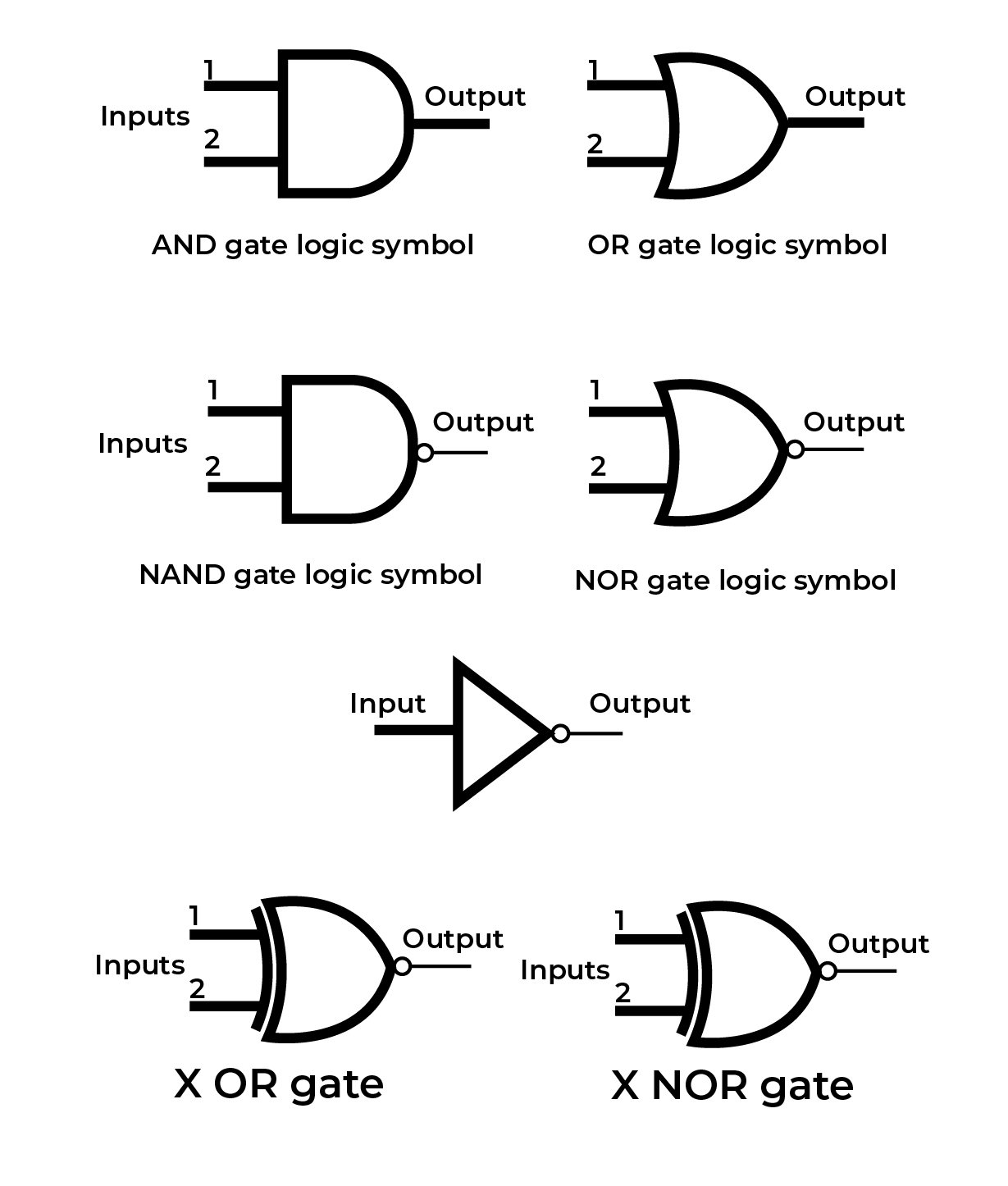
Applications of Logic Gates
Logic gates are used in
- Motherboards of Computers
- Automatic Cars
- Counters
- Automatic Doors
- Elevators
There are seven prominent gates. Their symbols and names are as follows:
10. Oscillators
An oscillator, as the name suggests, produces oscillations. By oscillations, we mean that continuous and repeated waveforms are generated by oscillators. The oscillator takes a DC input and converts it into an alternating waveform of desired frequencies. Oscillators are made up of inductors, capacitors, and amplifiers.
There are many types of oscillators. For example, the crystal oscillator, the Hartley oscillator, the Colpitts oscillator, the Armstrong oscillator, etc.
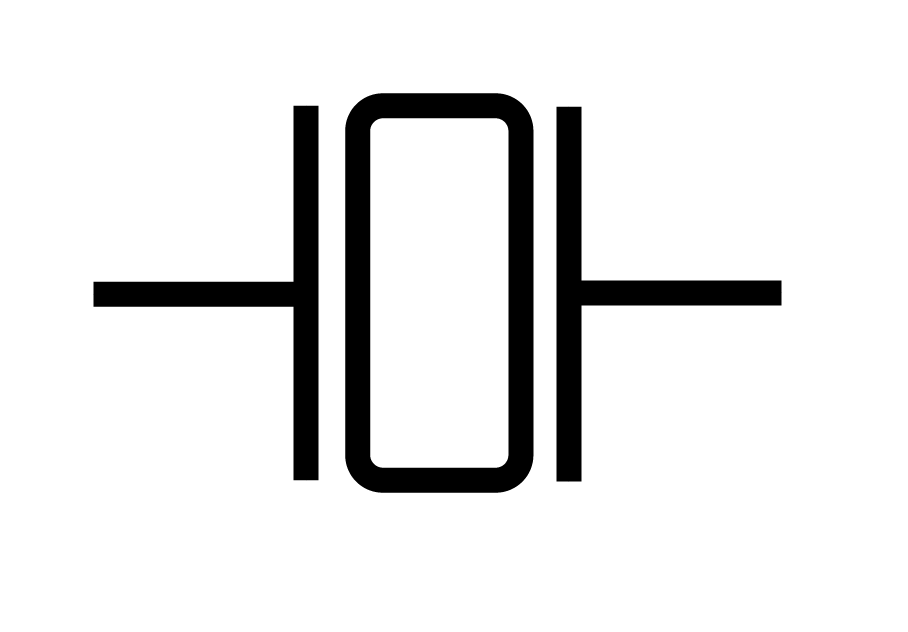
Applications of Oscillators
Oscillators are used in
- Radio
- Television
- Communication Devices
- Metal Detectors
- Ultrasound Machines
- Medical Equipment.
Conclusion
In this tutorial, we have learned about ten basic electrical components and circuits that are widely used in electronic devices in modern times. Each of them has its different types and working, which helps to use them as and when required.
Source: linuxhint.com
